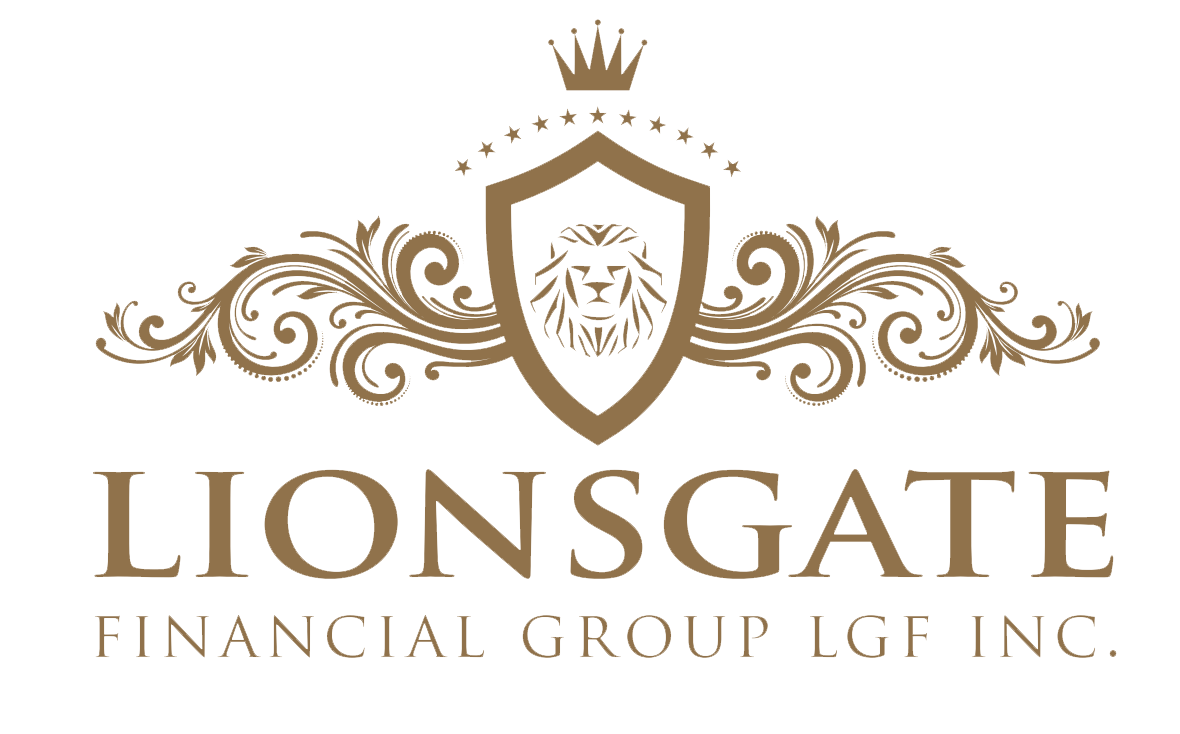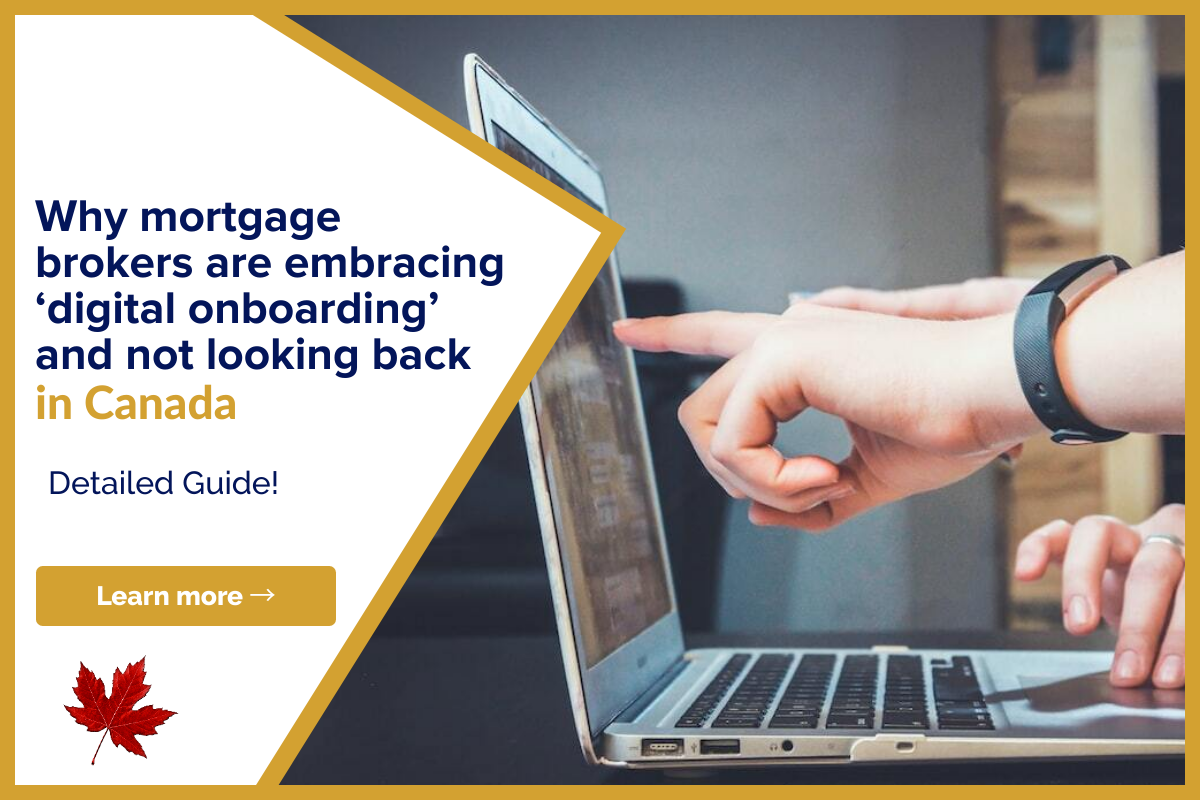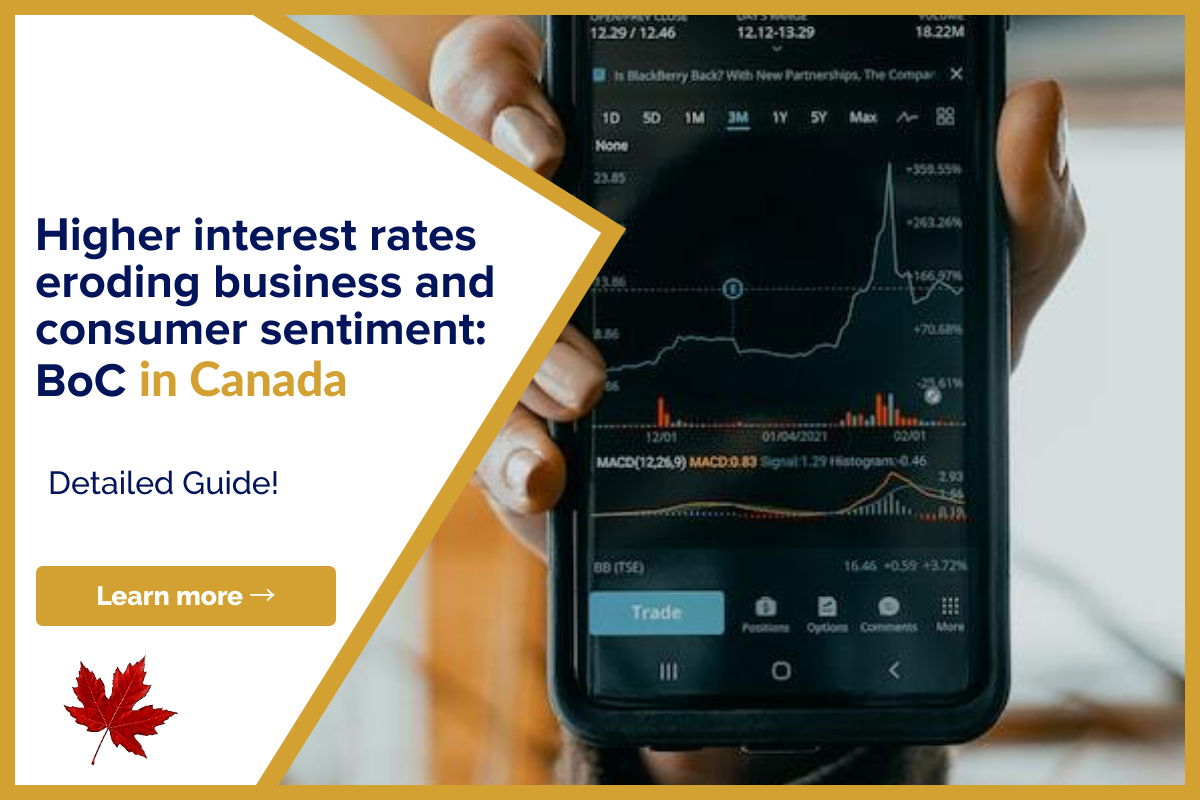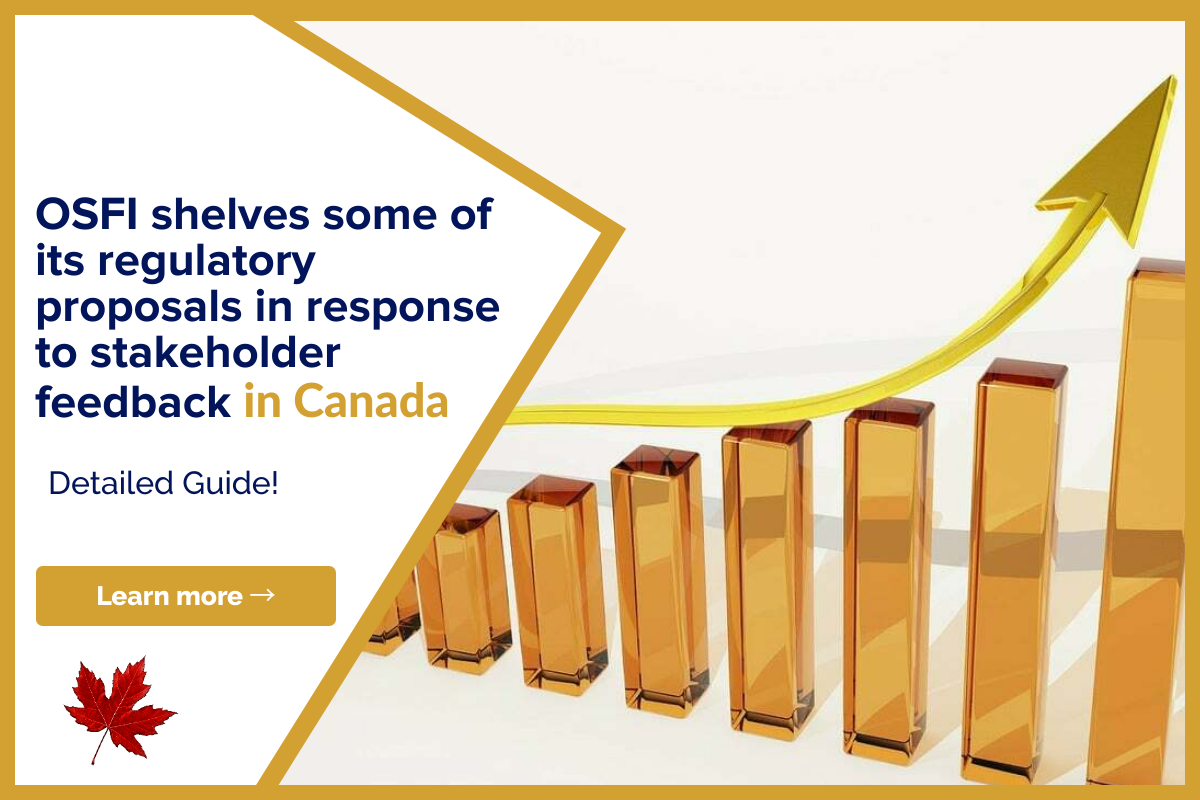During the early days of the mortgage business, brokers would require a lot of paperwork…
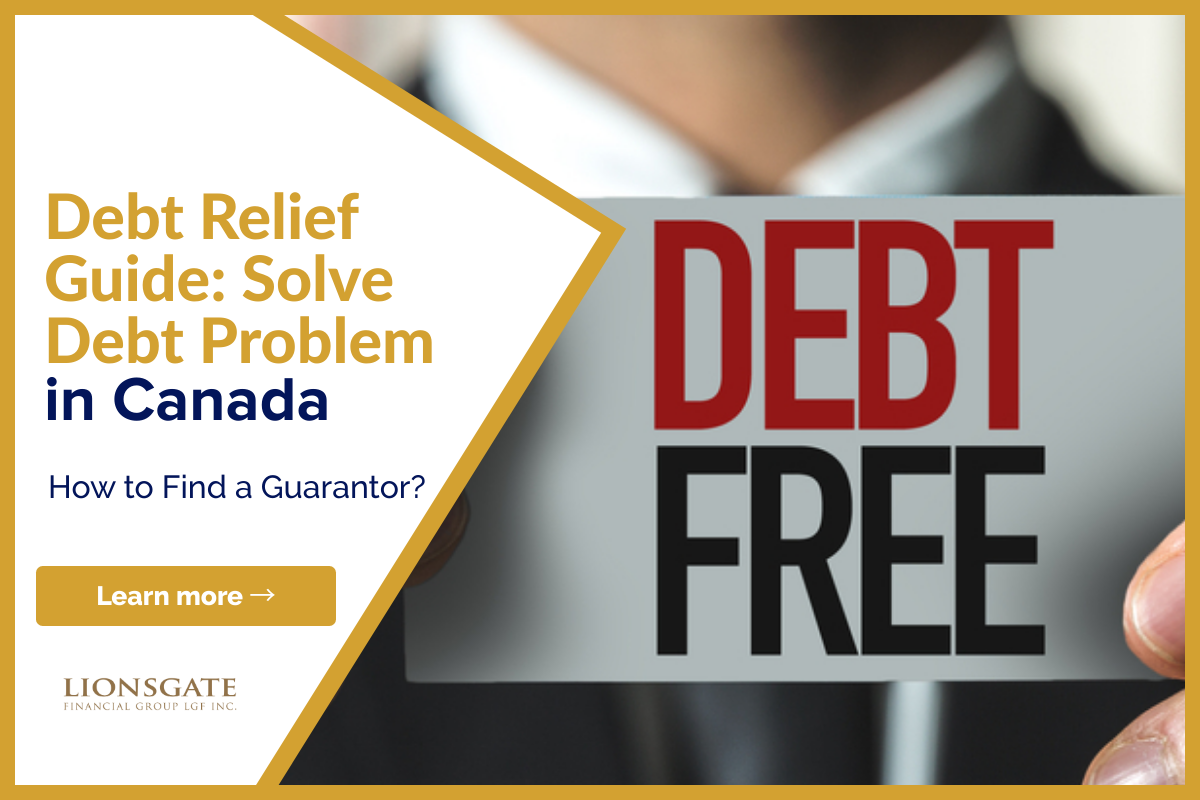
Debt Relief Guide: Solve Debt Problem
Now you can listen to our blog, “Canada Debt Relief Guide: Solve Debt Problem”, while on the go.
In this difficult time, when the world economy is still struggling to stand up on its feet, it is normally a man having a hard time repaying the debt. If you are one of those whose monthly payments are not sufficient to pay off the debt, then don’t worry. There is an alternative to this as well. For you, it’s time to consider alternative debt solutions.
Fortunate enough, there are multiple ways by which it is faster, easier, and reliable to get out of debt. And we are here to help you understand every debt solution with all its advantages and drawbacks. Keep reading as this guide will help you pick the best debt relief option for you. We will see the five best solutions so that you have enough variety to pick for yourself.
 5 Ways to Your Debt Relief Guide
5 Ways to Your Debt Relief Guide
In Canada, there are five best debt solutions available that can be used to get out of debt. Although there are several other options too, in comparison these five are the best. So, let’s dive into the options available for anyone who is looking to pay off their debt with some relief.
1. Debt Consolidation
Debt consolidation combines several debts into a single monthly payment with the lowest possible interest rate. This aids you in a number of ways:
- It streamlines your monthly payment schedule so you don’t have to juggle many invoices.
- You can focus on repaying your debt by lowering interest rates.
- Even if you pay less each month, a lower interest rate can help you get out of debt faster.
An unsecured personal loan is the most typical approach to consolidating debt. Your credit score determines whether you are eligible for a loan. The money you receive is then used to pay off your credit cards and other debts. Only the low-interest loan remains to be repaid.
To consolidate your debt, you can use an unsecured line of credit (LOC) or a balance transfer credit card.
2. Debt Management Plan
Many of the advantages of a debt management plan (DMP) are similar to those of debt consolidation. You can make a single monthly payment and save money on interest. A DMP differs in that it does not provide new funding.
Rather, a non-profit credit counseling group can assist you in creating a repayment plan. They work with you to come up with a payment plan that fits your budget. After that, they work with your creditors to minimize or eliminate interest payments on your accounts.
When you participate in a debt management plan, you still owe your original creditors. Despite the fact that you make a single monthly payment to the credit counseling organization, they disburse the funds to your creditors on a monthly basis according to an agreed-upon plan. A debt management strategy is essentially a debt consolidation plan that is professionally assisted.
3. Debt Settlement
Debt settlement is when a private debt settlement company helps you get out of debt at a lower price than you owe. They talk to your creditors and try to persuade them to accept a percentage of the debt. The remaining is then discharged by your creditor.
This may appear to be a good deal, but it can harm your credit and potentially result in lawsuits and income garnishment. Furthermore, debt settlement firms may charge exorbitant fees if they are unable to get favorable settlements on your behalf.
While debt settlement is a viable option for Canadians, it is not recommended in the majority of circumstances. If you don’t think you’ll be able to repay your debts in full, we propose moving on to the next option: a consumer proposal.
4. Consumer Proposal
A consumer proposal is a superior option for getting out of debt for less money than you owe. In your province or territory, you speak with a Licensed Insolvency Trustee (LIT). They will examine your money to see if you are bankrupt. They will assist you in arranging a consumer proposal if they think that you can return at least some of what you owe.
The trustee will examine your finances and budget as part of the proposal to assess how much you can afford to repay. They will then devise a repayment strategy. Each month, you make a payment to the trustee, who then distributes it to your creditors. The outstanding balances on your accounts are dismissed once you finish the payments.
While consumer proposals include significant fees, they are a lawful means to settle a debt for less than you owe.
5. Bankruptcy
Bankruptcy is another option that a Licensed Insolvency Trustee can help you with. During your financial review, if the trustee believes that you are insolvent, they will advise you to file for bankruptcy. Insolvency occurs when you are unable to meet your financial responsibilities and your debts exceed the worth of your assets.
The trustee will oversee the sale of any assets that do not qualify for an exemption when you file for bankruptcy. The revenues from the sales will be used to settle your debts. The outstanding debt balances will thereafter be discharged.
Bankruptcy will harm your credit and leave a permanent mark on your record, so it should not be taken lightly.
If you are entirely engulfed in debt, though, it may be the only way to get a fresh start.
Debts That Cannot Fall Under These Solution
It’s vital to keep in mind that the option you choose might not be able to cover all of your bills. Certain debts are unavoidable in any arrangement. These are some of them:
- Alimony or child support obligations
- Parking tickets are among the fines and penalties imposed by the courts.
- Fraudulent debts
- If you have been a student in the last seven years, you may be eligible for student loans.
The debts listed above are not dischargeable via bankruptcy. Even if you receive a discharge after filing for bankruptcy, you will still be responsible for repaying the obligations indicated above.
Secured debts, such as a mortgage or a car loan, are often ineligible for debt relief options other than bankruptcy. These secured loans are not dischargeable even through a consumer proposal.
With a debt management plan, you cannot include secured debts, the above-mentioned debts, or student loans. A debt consolidation loan may allow you to consolidate student loans.
What’s Best for You?
Any debt solution should be able to get you debt-free in five years or less, according to a good rule of thumb. Any more than that, according to experts, can be dangerous. It’s challenging to stay motivated and see your project through to completion.
Motivation will play a huge role in how effective you are at paying off your debt. It’s simple to stay to a budget and do what’s necessary to begin paying down your debts at first. However, as time passes, you may revert to poor spending habits. The longer you wait to get out of debt, the more likely this is.
The maximum period of a debt consolidation loan is five years. Debt management plans and consumer proposals, for example, must be completed in 60 installments or less.
The Bottom Line
At Lionsgate, we specialize in helping people get the extra cash they need, obtain funding for private mortgages, as well as for other real estate transactions. If you are looking to buy land in Canada, get a mortgage or apply for a loan, fill the form below. Or, You can leave us a message and we will try to connect you with local lenders and sources that best meet your needs.
If you found this article helpful, please share it on your timeline and with someone you care about. Also, visit our blog to read similar helpful articles on finance, real estate, and getting mortgages.
